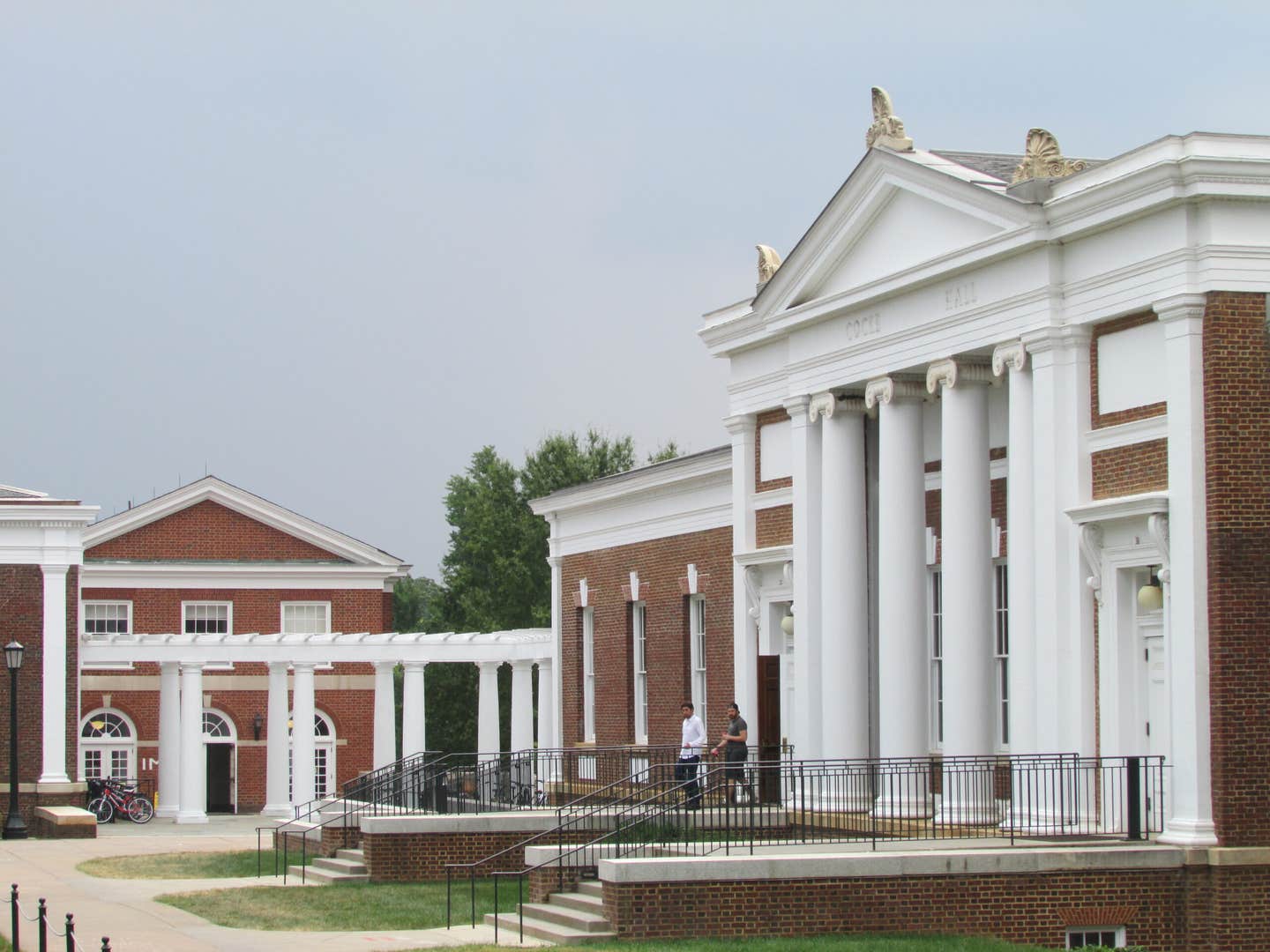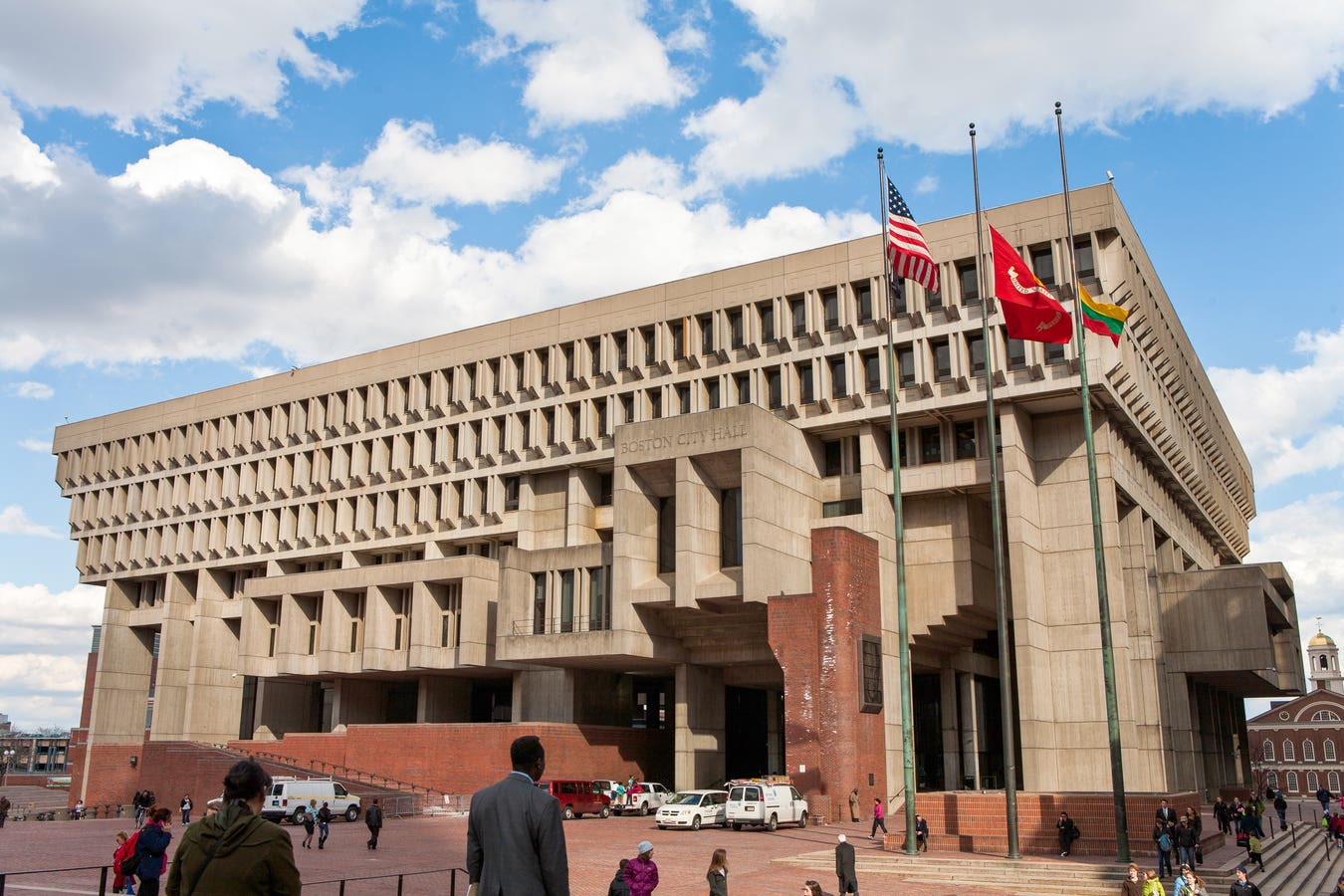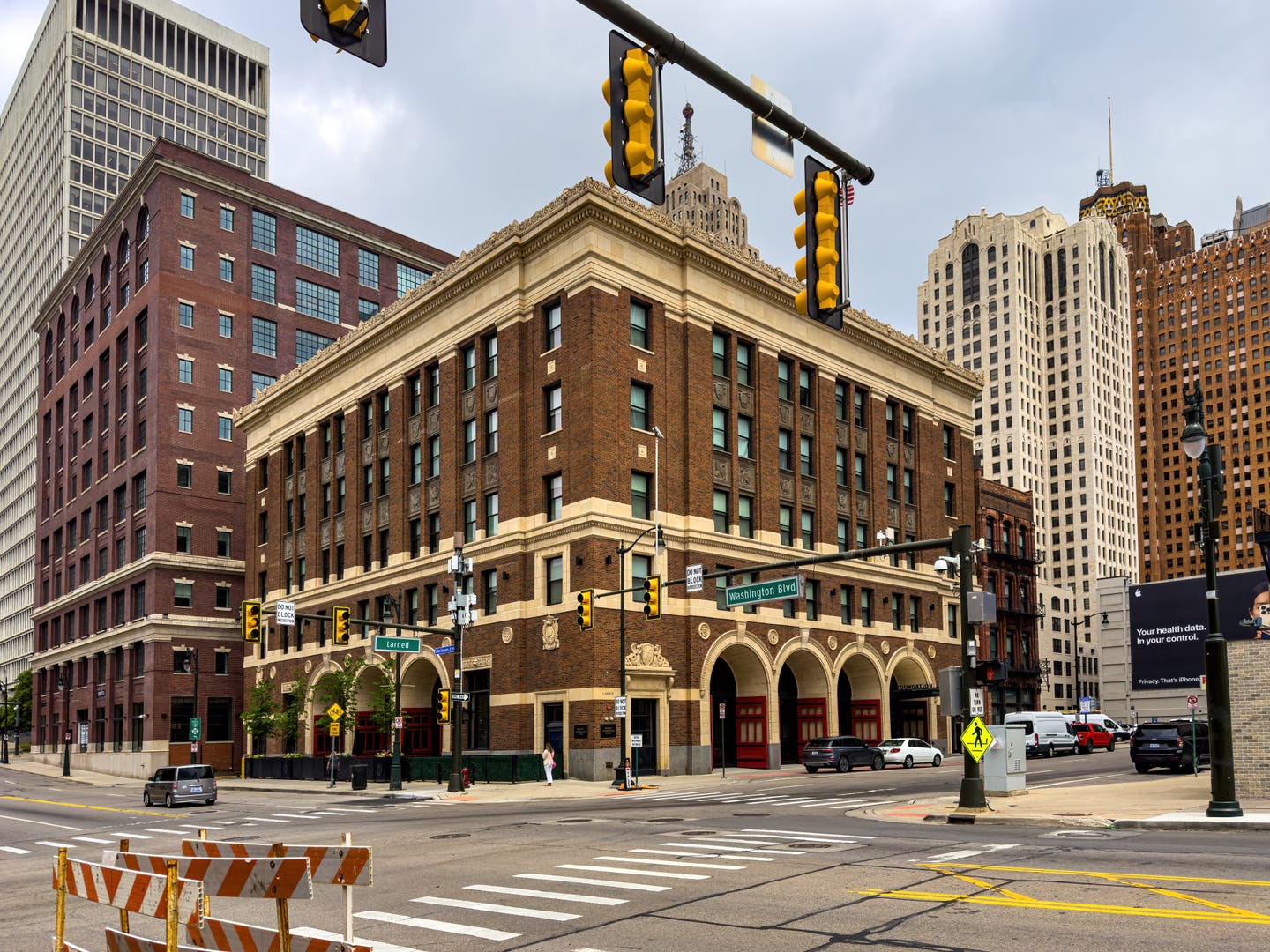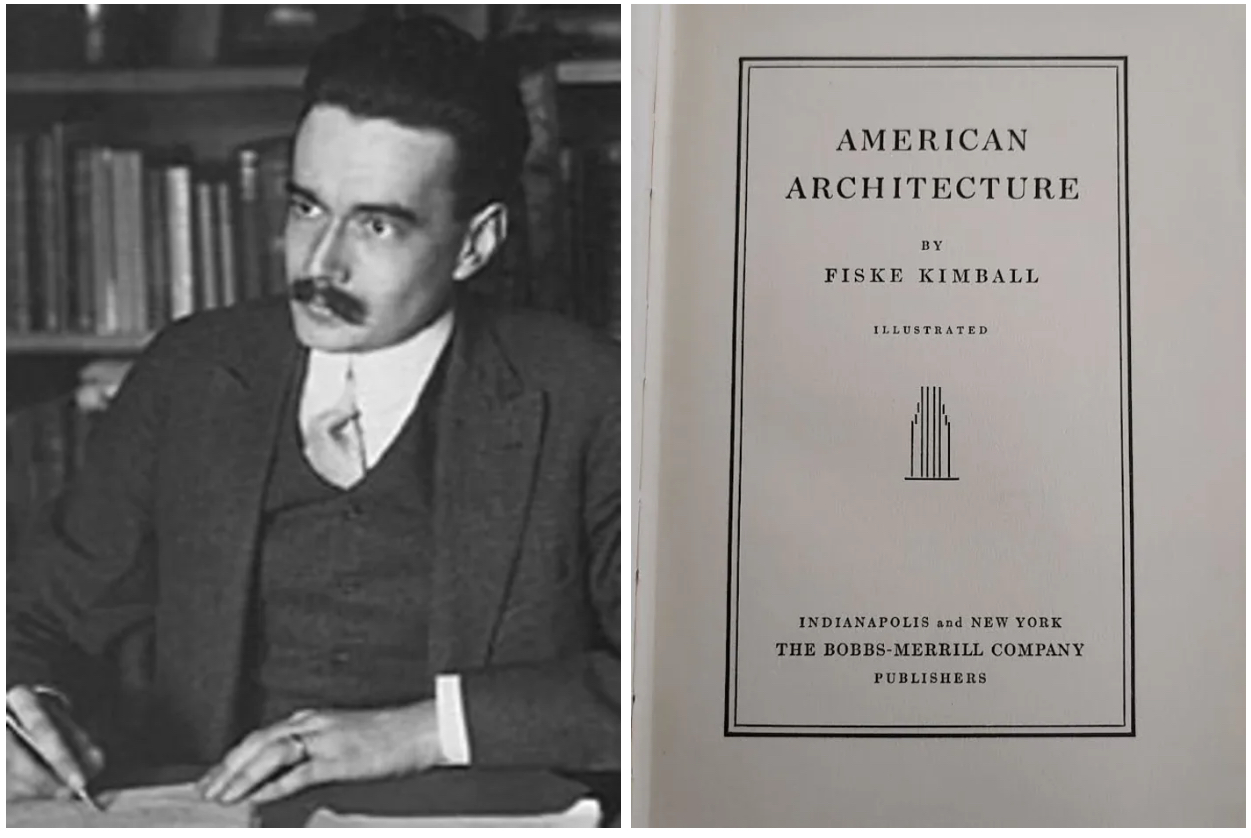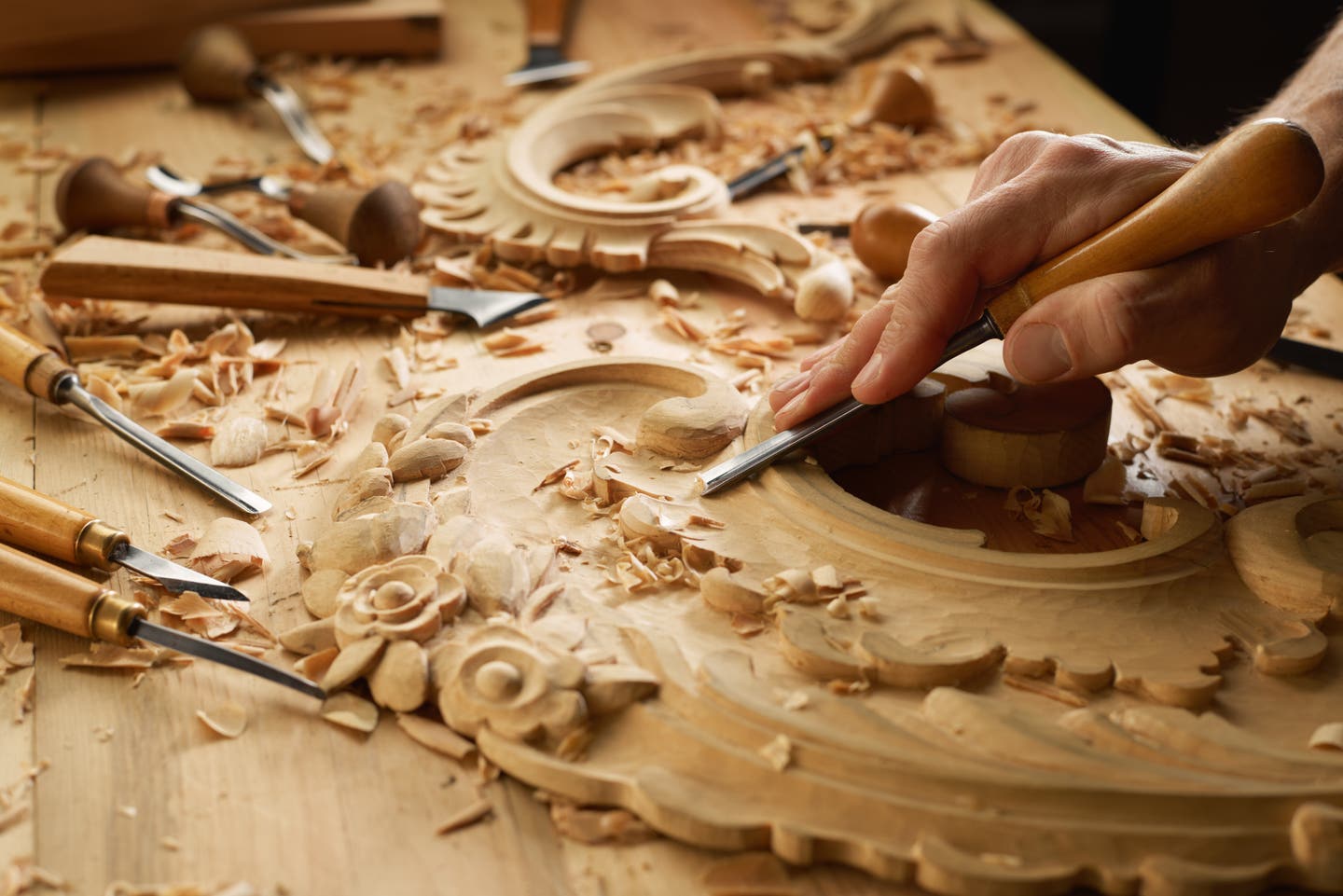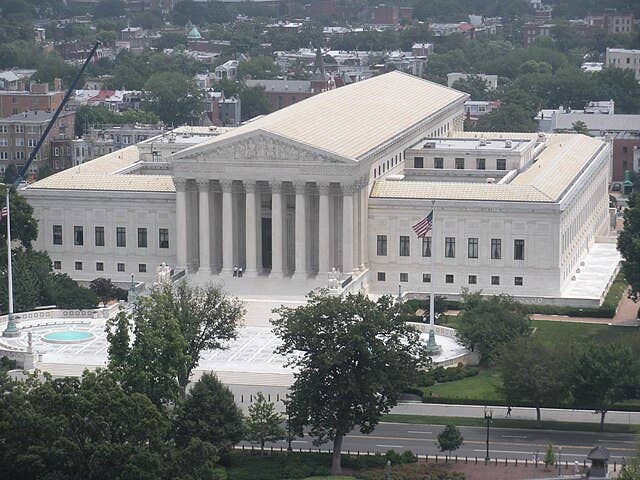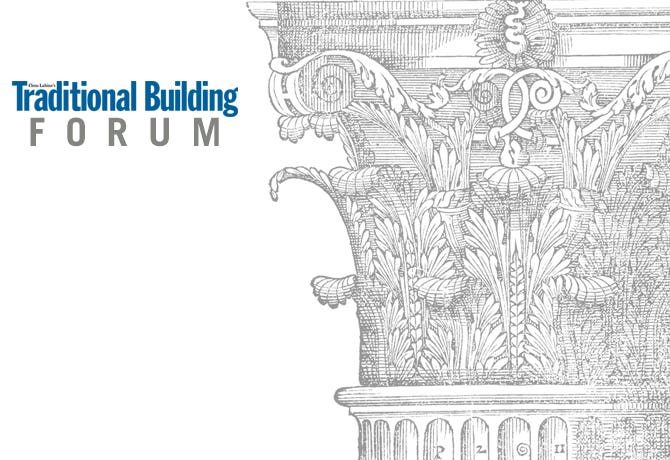
The Forum
Learning from Ralph Adams Cram
By Ethan Anthony, AIA, president, Cram and Ferguson Architects
We humans are extremists. We tend to see best by contrast, in polarities and without shades of grey. Ralph Adams Cram yearned for a philosophical and learned approach to architecture. Reading in his father William's study in the parsonage of the First Unitarian church in Westford, MA, talking with the men of his extended family as they made shoes in a little shed on his family farm through the long New England winters in Hampton, NH, or practicing French in the one-room school house where he was taught by his mother, Sarah Blake Cram, he was inducted into an intellectual way of life.
Intellectual curiosity led him when he was at last on his own as a young architectural apprentice at the firm of Roach and Tilden in Boston, to yearn for an architecture that was more than mere slavish copy of a master work. He sought an architecture that had an inner spirit. And having found that inner spirit most powerfully resident in religious architecture he sought to design churches.
Through designing churches, Cram hoped to change his society. Early on, he hoped to improve the artistic impulse of the people, to educate the public through his position as a crusading art critic for the Boston Transcript and thus to create a climate where inferior art would be shunned in favor of more sophisticated and more intellectual work. He was somewhat successful, saving Copley Square from falling into the hands of a developer who would have filled it in with apartment buildings. His crusading impulse soon met with complaints from advertisers whose shows he panned. Job lost, he had to look for another outlet for his crusading.
He soon found ample opportunity for crusading in his architecture. From the first, he criticized the architecture around him, even holding it up to ridicule in his books. But for the most part, he concentrated on setting a good example through his own work. His ideal world was one where public life centered on spiritual fulfillment and religious worship. He planned and designed his academies and colleges always placing the chapel at the center of campus life and always finding his starting point in the master works of other eras whose values he sought to emulate.
Much of his life was invested in the study of source buildings and their founding cultures.
He studied ruined abbeys, great cathedrals and ancient monasteries to find new direction for the rough new society that he and others of his generation were planning. His early work was more archaeological; the later work grew more mannerist. As his travels exposed him to wider and more disparate sources, his work broadened to include more and more eclectic elements. In later life, trips to Egypt, Spain and Russia augmented decades of summer trips to England and France.
Research was one skill that separated Cram from his contemporaries. Where his contemporaries often halted, satisfied with a contemporary solution clothed in the uniform of another place and time, or packed a contemporary program into the whole cloth of another time, Cram transformed the historic use into a synthetic contemporary solution, mixing the soul and spirit of the one with the other to find a new form from the spirit of the old.
His experiments with Islamic and Byzantine, Russian and Greek themes returned him in the end to his own starting point. Beauty was the universal value that ran through everything. It was the manifestation of the divine in all. Beauty was immutable as logic, undeniable and universally recognizable especially when contrasted with ugliness. It was the highest manifestation of culture. Beauty and evolution were governed by universal laws. In The Catholic Church and Art, published by Macmillan and Company in 1930, Cram says that "…it is increasingly apparent that if evolution is a law of life, devolution is its inseparable concomitant and that nothing, not even human society rises, or may rise, that shall not fall again."
In 1930 at the age of 67, Cram was at a personal peak of success. With the depression deepening around him, he wrote a book that offered a solution to the problems that were manifesting themselves nationally and internationally.
In Walled Towns, Cram envisioned a new social order based on simplicity and a revolt against materialistic industrialism. "The impulse and incentive towards walled towns, whenever it comes, will be primarily social, the revolt of man against the imperial scale, against a life of false values impregnably entrenched behind custom, superstition and self-interest, against the quantitative standard, the tyranny of bulk, the gross oppression of majorities."
Cram was living through a time of social and economic chaos that proved far worse than the one we have experienced in the last year or two.
Then, as now, far-sighted thinkers such as Cram saw that there was an alternative. A deepening crisis and worsening conditions were one possible result of the situation, but the other solution Cram posited in Walled Towns was a more sustainable society based on simplicity and sustainability. His vision of sustainability rested on reducing dependence on industrialism and materialism. This remains one part of the solution today.
The other part of the solution is improving through technology and knowledge our utilization of resources to embrace sustainability as a design value. This was always a part of the approach of the traditionalists, and particularly the Arts-and-Crafts architects, the most notable of which was Cram. Today we are faced with a similar turning point. Will we continue to depend on oil and a materialistic definition of progress and the certain conflict that will bring, or will we learn from Cram and history and choose the road of simplicity and sustainability?
History alone can tell which road we take, but I think 80 years ago Ralph Adams Cram pointed out the best road for us. May history show we chose his direction. TB
Ethan Anthony, AIA, is president of Cram and Ferguson Architects of Boston, MA. He is also the author of The Architecture of Ralph Adams Cram and His Office (W.W. Norton, 2007), and a contributor to The Venice Charter Revisited (Cambridge Scholars Publishing, 2008).



